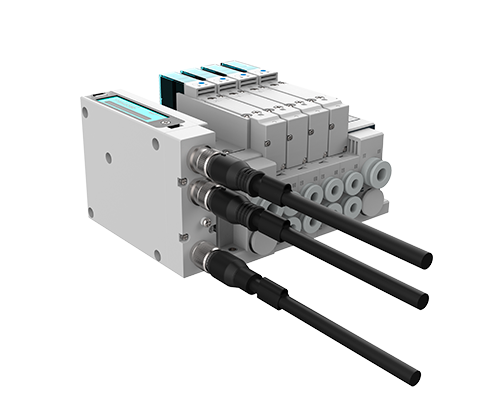Introduction: The Dilemma of Complexity
Picture this—an assembly line grinds to a halt. Production is on hold, and your heart races, wondering, “Why do failures always occur during critical operations?” The culprit often rests within the valve terminal, that intricate but vital layer between control systems and machinery. With a world increasingly reliant on automation, having a dependable valve terminal isn’t just a luxury—it’s a necessity. Statistics reveal that faults in these systems can lead to significant downtime, costing companies thousands.

Body: The Heart of the Matter
Flaws in Traditional Solutions
Let’s face it—traditional valve systems can often be a tangled web of cables and outdated technology. They present various flaws including frequent breakdowns and complicated maintenance procedures. Operators frequently query, “Isn’t there a better way?”—and the answer is a resounding yes. Outdated systems simply can’t keep up with today’s high-speed production lines, leading to inefficiencies nobody wants to deal with.
Principles of New Technology
Enter the new wave of valve terminals armed with cutting-edge technology—think modular systems that simplify installation and maintenance. These innovative solutions employ intelligent communication protocols that allow for enhanced integration with various systems. The beauty of these systems lies in their biocompatibility and user-friendly interfaces, enabling operators of any skill level to navigate effortlessly.
Quantified User Benefits
When we talk numbers, the results speak volumes—businesses report reductions in downtime by up to 40% by switching to modern valve terminals. Can you imagine that? Not only do you save money, but you also streamline operations significantly. It’s all about returning control back to the operator, empowering them to work smarter, not harder. Look, it’s simpler than you think!
Conclusion: Actionable Insights
Before you take the plunge, always verify these 3 metrics when choosing solutions: ① compatibility with existing systems ② ease of installation and maintenance ③ scalability for future needs. Embrace the revolution in valve terminals and let your operations flourish!
Valve Island: A Closer Look
Diving deeper, let’s discuss the valve island, a critical component in automated fluid control systems. Imagine a neat arrangement of valves, beautifully systematised for streamlined workflows. These assemblies offer enhancements like reducing installation time while maintaining excellent performance standards. When you think about how many connections can be eliminated, it’s easy to see how the valve island can revolutionise an industrial setup. Even minor tweaks can lead to better efficiency, making integration a breeze.
Industrial Valve Island: The Backbone of Automation
Now, consider the role of the industrial valve island in larger-scale operations. This advanced system directly supports the demands of automation with unmatched reliability and flexibility. With features such as multitasking capabilities and enhanced diagnostics, it’s designed for the long haul. The adaptability of these islands allows for a seamless transition in expanding production lines while maintaining the integrity of operations. Such robustness is exactly what the industry needs—making the industrial valve island not just a component, but an essential partner in progress.

Conclusion: Trust DECOWELL for Your Needs
When it comes to selecting the best solutions for your automation needs, look no further than DECOWELL—the manufacturer with supply advantages that can make a difference in your project. Their commitment to quality and innovation speaks for itself, ensuring that your systems remain reliable and efficient. Embrace the future of valve terminals and islands with a partner who understands your needs!

